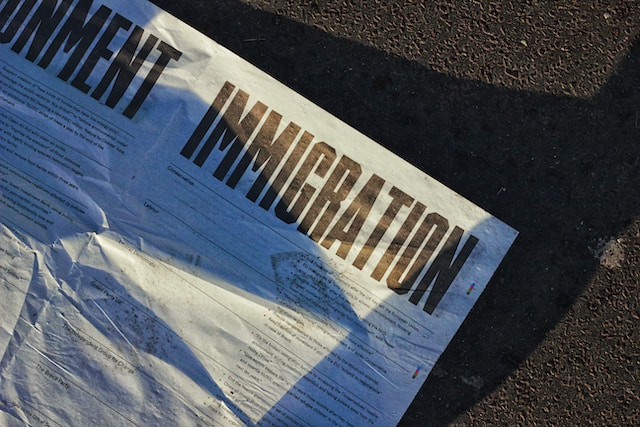A party (the plaintiff) files a lawsuit against another party (the defendant) in civil litigation in order to obtain some sort of legal remedy, such as monetary compensation for losses, the precise fulfillment of a contract, or an injunction to halt a certain course of conduct.
The litigation process can include several stages, such as pre-trial discovery (where each side obtains and exchanges material), motions (where one party asks the court to rule on a particular issue), and trial (when both parties present their claims to a judge or jury).
Civil litigation is the process of litigating a legal disagreement in court between two or more parties. In civil litigation, one party sues another for some sort of harm or injury, and the court decides whether the defendant is legally accountable for the harm and, if so, what damages should be given to the plaintiff.
A wide variety of legal problems, such as contract breaches, personal injuries, employment conflicts, real estate disputes, and many more, are included in civil litigation. A complaint or petition that outlines the grounds for the case and the remedy sought is normally filed by the plaintiff in court to start the process. The defendant is then given a copy of the complaint and given the chance to reply.
Since civil litigation may be long-consuming and expensive, parties may opt to settle their differences outside of court, through mediation or arbitration, in order to save time and money.






